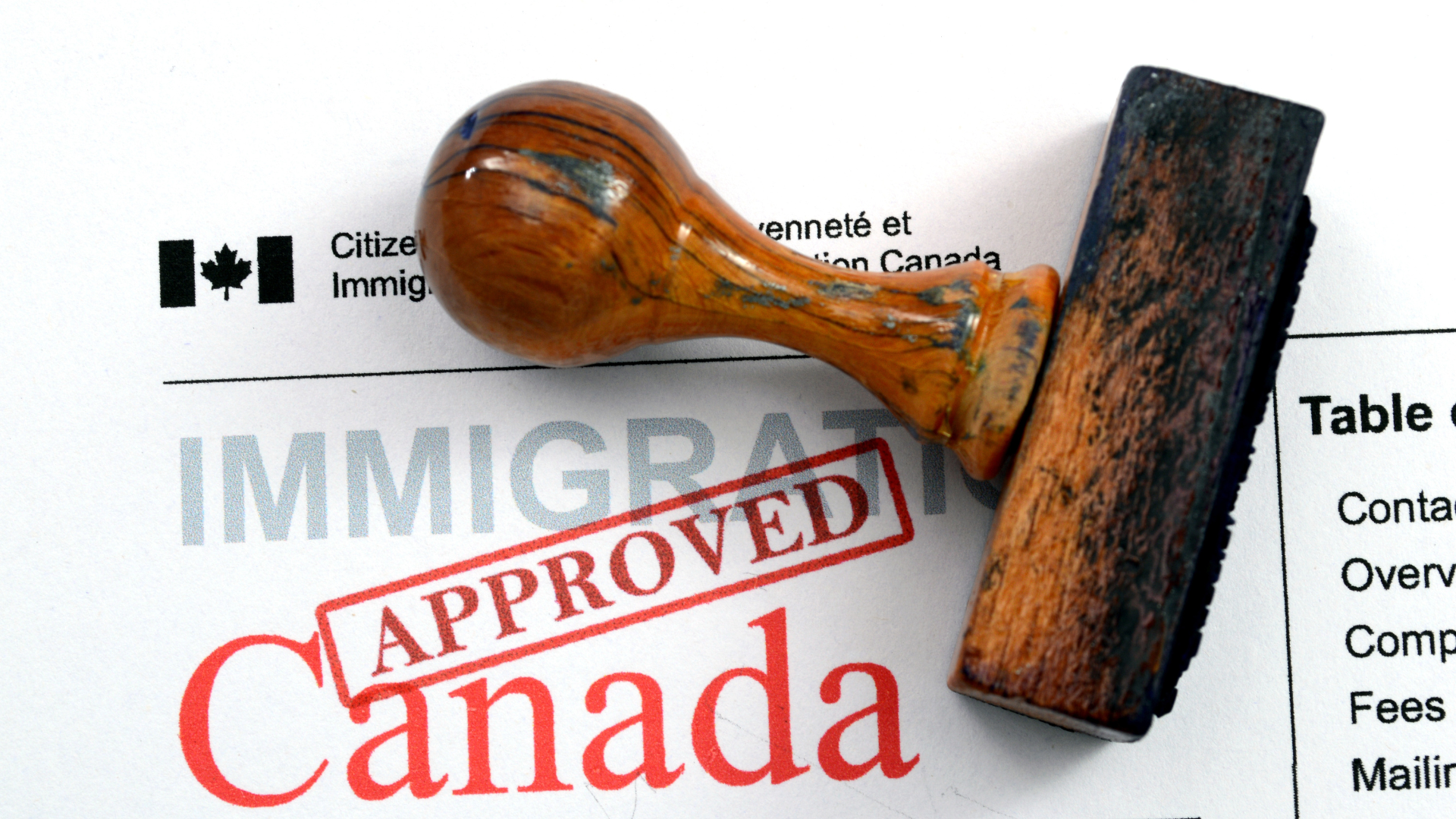How to Navigate the Ontario Healthcare System

Moving to Ontario means learning how its publicly funded
healthcare system works—both for those with coverage and those without. Below
is a clear guide to help you understand how to access care in the province.
Who Qualifies for the Ontario Health Insurance
Plan (OHIP)
The Ontario Health Insurance Plan (OHIP) is the public
health-insurance program for Ontario residents. To qualify:
- You
must live in Ontario as your main home.
- You
must be physically present in Ontario for at least 153 days in any
12-month period, and within the first 183 days after moving to the
province.
- If
you have Canadian citizenship or permanent resident status, you qualify
provided you meet the residency rule.
- Some
temporary residents also qualify, including:
- Work-permit
holders employed full-time in Ontario for an Ontario employer (six months
minimum).
- Applicants
for permanent residence who have received an Acknowledgement of Receipt
(AOR).
- Work-permit
holders under certain federal programs (e.g., Live-in Caregiver, Seasonal
Agricultural Worker).
- Temporary
Resident Permit holders (case types 86-95).
- Clergy
members serving full-time in Ontario at least six months.
- Convention
refugees or protected persons.
- Spouses
and dependents of eligible work-permit holders may also qualify.
Accessing Primary Care
Your first contact with the healthcare system is usually
through a primary?care
provider—typically a general practitioner (GP) or a nurse practitioner. They
can:
- Address
initial health complaints or concerns.
- Offer
check-ups and preventive screenings.
- Diagnose
conditions, prescribe medications, manage chronic diseases.
- Refer
you to specialists when needed and follow up on your progress.
In Ontario, primary care is often delivered via a family
doctor’s office — you book an appointment (in person or virtual) and attend
during the clinic's hours. Because of a shortage of family doctors, you may
face waitlists.
Finding a Family Doctor
You can use the provincial program Health Care Connect to
be connected with a clinic or provider accepting new patients. You can also
call local clinics directly to ask if they are taking on new patients. To
register with a family doctor, you generally need OHIP coverage.
Alternatives If You Don’t Have a Family Doctor
If you cannot immediately get a family doctor or you don’t
have OHIP coverage, you still have options:
- Walk-in
Clinics
- Provide
medical advice, assessments, and treatment for minor injuries and
illnesses (e.g., infections, sprains).
- Operate
on a first-come, first-served basis; you register on arrival and wait
your turn.
- Most
services are covered by OHIP if you have a valid health card; if not, you
may pay out of pocket or via private insurance.
- Some
walk-in clinics can provide referrals to specialists.
- Virtual
Clinics
- Offer
consultations via video, telephone or secure messaging.
- Book
appointments online or via an app; some offer same-day availability.
- Free
if both provider and patient are in Ontario and patient holds a valid
health card; otherwise private payment or insurance.
- Include
services like general medical consultations, mental-health support,
prescription renewals.
- Community
Health Centres (CHCs)
- Offer
free or low-cost healthcare services, often in community settings,
sometimes without OHIP requirement.
- Provide
general medical care, mental-health support, and other social support
services.
- Some
require appointments; others offer walk-in care.
- Specialist
Clinics
- Provide
care in specific fields of medicine (cardiology, oncology, psychiatry
etc.).
- Generally
require a referral from your primary-care provider.
- Wait
times vary widely depending on urgency and available specialists.
- If
you don’t have OHIP, you typically pay out of pocket for specialist care.
How to Get a Referral to a Specialist
If your primary-care provider decides you need specialist
care, the process generally works like this:
- You
schedule and attend an appointment with your family doctor or a walk-in
clinic.
- You
discuss your symptoms and concerns. If appropriate, the provider writes a
referral letter and sends it to the specialist.
- You
may express a preference for a particular specialist and your provider
will try to accommodate.
- The
specialist’s office reviews the referral and schedules you for an
appointment based on urgency and availability.
- You
attend the specialist’s appointment. Sometimes you’ll need to bring the
referral letter with you.
Emergency Rooms vs Urgent Care
When to Go to the Emergency Room (ER)
You should proceed to the nearest hospital’s ER or call 911
if you have symptoms or injuries that pose an immediate threat to life, limb or
long-term health. Examples include:
- Shortness
of breath
- Possible
heart attack or stroke
- Seizures
or sudden confusion
- Severe
injuries (heavy bleeding, burns, trauma)
- Severe
allergic reactions
When to Visit Urgent Care Instead
If your condition is urgent but not life-threatening, an
urgent care or walk-in clinic may be more appropriate. Examples:
- Sprains
or minor fractures
- Cuts
needing stitches
- Minor
burns or rashes
- Minor
allergic reactions or infections
You can also call Telehealth Ontario at +1 866-553-7205 if
you’re unsure where to go. ERs are open 24/7; urgent-care centres usually have
limited hours. Both operate on a triage system—patients are seen in order of
medical need, not arrival time. Wait times vary.
If you lack OHIP or private insurance, urgent-care centres
are often less costly than ERs.
What Services Are Covered by OHIP
OHIP covers medically necessary services in Ontario when
delivered by certified practitioners and hospitals. These include:
- Doctor
visits (in person or virtual)
- Hospital
stays and visits
- Ambulance
services
- Lab
tests and medical imaging
- Abortions
- Certain
dental surgeries in hospital (fracture repair, tumour removal,
reconstruction)
- Under
certain conditions, some eye-care and foot-health services
- If
you travel to another Canadian province or territory, your Ontario health
card covers medically necessary hospital and walk-in clinic services.
What Services Are Not Covered by OHIP
OHIP does not cover:
- Doctor’s
notes for work or school
- Most
prescription medications
- Routine
dental care or vision care (including exams, lenses, corrective surgery)
- Many
paramedical services (physiotherapy, massage therapy, chiropractic care,
acupuncture)
- Cosmetic
surgery
How to Apply for OHIP
To apply you need to visit a local ServiceOntario centre in
person and provide:
- The
completed "Registration for Ontario Health Insurance Coverage"
form.
- An
original identity document with your name and signature.
- An
original document showing your Ontario residency (printed or electronic).
- An
original document proving Canadian citizenship or eligible status for
OHIP.
You must present three separate documents to meet the identity, residency and eligibility requirements. Once approved, your health card is mailed to your Ontario address—usually within four to six weeks.
Tips for Accessing Care Without OHIP
If you’re staying in Ontario but do not have OHIP, here are
some strategies:
- Many
international students have coverage under the University Health Insurance
Plan (UHIP) which mimics OHIP for most medically necessary services.
- Visitors
under a Super Visa must have private health insurance with at least CAD
$100,000 coverage.
- Some
work-permit holders must hold private health insurance for the entire
length of their permit.
- Non-OHIP
patients may face higher costs or upfront payment for services like
diagnostics or prescriptions because many providers are set up to bill
OHIP. You might need to claim reimbursement later from your private
insurance.
- Always
carry proof of your private coverage and check billing procedures in
advance. Choose clinics used to dealing with uninsured or international
patients to avoid surprise costs.
Diagnostic Testing Details
If you require lab tests or imaging, certain diagnostic
service providers (e.g., blood work, x-rays, ultrasounds, ECGs) will process
your requisition from your doctor. Common tests often do not require an
appointment, but many imaging services do. OHIP typically covers such tests if
ordered by a physician, but if you don’t have OHIP, you may have to pay
upfront.





